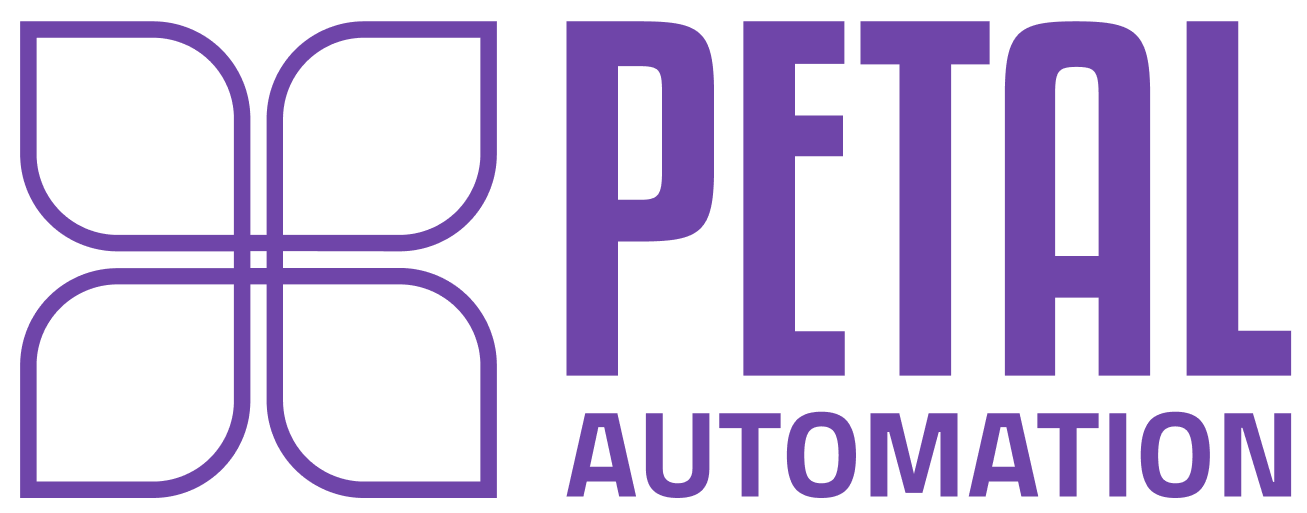Integrating Arts into STEM: The Importance of Creativity in STEM

A VISION FOR STEM EDUCATION FOR THE FUTURE
New Technology in the Classroom
There are plenty of benefits of conducting traditional STEM lessons in the classroom, as these science experiments can help students understand key concepts of STEM. With the increased emphasis on the technology of the future, though, it’s important to incorporate the tools that reflect this ever-evolving version of STEM, bringing that technology into the classroom.
Examples of this technology include
Robotics
Augmented and virtual reality
3D printers and scanners
Engineering software
Coding platforms
When students have access to hands-on learning materials, they can be more engaged with the lesson and connect what they learn to their real-world experiences.
For STEM teachers looking for a reliable option, we recommend our STEM lab kits, which include durable supplies and accompanying curricula and lesson materials.
Multimodal Learning Approach
For many years, educators have implemented techniques that support different learning styles. In 2024 and beyond, we expect to see that interest shine a light on the benefits of a multimodal learning approach, which aligns well with the hands-on nature of STEM education.
According to the Encyclopedia of the Sciences of Learning, “Multimodal learning refers to an embodied learning situation which engages multiple sensory systems and action systems of the learner.” Multimodal learning uses different modes, or channels of information, to communicate meaning and information via the different senses.
With multimodal learning, students are supported whether they use the visual, auditory, read/write, or kinesthetic learning type, or some combination of learning types. STEM education often requires the hands-on learning experiences that benefit kinesthetic learners, so it’s important for teachers to ensure that other learning modes are supported through accompanying text, classroom collaboration, and visual aids.
Better Resources for Teachers
Like other educators, STEM teachers must juggle an array of demands, challenges, and responsibilities, all while serving the unique academic and emotional needs of their classrooms. To help STEM teachers in 2024, we’ve seen growing hubs of resources that provide lesson ideas, instructions, curriculum materials, and more.
STEM Education Implementation
The need for a STEM Education Policy The proposed development of a STEM Education Policy Statement is understood very broadly and welcomed by stakeholders. Incorporating and successfully addressing the breadth of issues raised presents a significant challenge for policy and implementation. There is significant support and knowledge to be gained from exisiting stakeholders in this area and consideration should be given to how best this expertise might be harnessed in the future. A selection of this feedback is presented below to illustrate the nature of the responses received.
STEM EDUCATION ONE OF COMPONENT BOARD EDUCATION
STEM education as one component of a broad education Responses indicated a need to ensure that STEM does not dilute the existing curriculum but strengthens a cross-curricular approach that prepares our young people for living and working in the 21st century. STEM is not a subject that sits alone. It's a part of all of our everyday lives. If we can build a STEM curriculum around this, maybe we stand a chance of delivering. (Insurance Company Executive) This appears to be very ambitious and will hopefully not be to the detriment of the existing curriculum. Without the foundations in maths and science all will be lost. In the incorrect hands some of this sounds as if some of these approaches, which should be there to support the curriculum, will replace parts of the existing curriculum. (Director, Social Enterprise providing STEAM education)
The promotion of STEM careers and the identification of methods to enhance the engagement of students in STEM subjects
The following actions are designed to promote STEM in general and to entice more students, particularly females, into STEM courses and careers now and into the future. Consider how the following actions could support the promotion of STEM: 1. The promotion of STEM is deemed to be extremely important, please consider the following actions and how they might raise awareness of STEM among all in society, particularly students and their families? i) Ambitious targets and a sustained, multi-faceted action plan for addressing the gender imbalance in specific STEM disciplines should be established and implemented as a matter of urgency. ii) Identify and promote the range and diversity of career opportunities available to STEM graduates as early as possible in primary and post-primary schools. iii) STEM disciplines should be promoted as being crucial to personal development and citizenship in the 21st century.
2. STEM curriculum and assessment should be linked to wider ethical, legal, and societal issues, such as STEM’s role in addressing global challenges (food, water, and energy security; biodiversity loss; etc.). 3. Engineering and technology should be integrated into the structure of science education at all levels, according the core ideas of engineering design and technology with the same status as core ideas in the other major science disciplines. 4. Promote and facilitate the ‘adoption’ of a school, or a cluster of schools, by a local STEM industry/enterprise.
In conclusion,
STEM Education of the Future, NSB’s Vision 2030, and NSF’s 10 Big Ideas are aligned in their bold, visionary, proactive, and urgent calls to make the changes needed to STEM education today, so that the United States can remain the global technological and innovation leader of tomorrow.

Leave a Comment